Are you a hunter and you can’t decide which among red and green dot sights is best for you? They both have their benefits, but which option is better suited to your situation? In this blog, we’ll focus on hunting optics: red dot vs green dot.
We will talk about their use, advantages and disadvantages, and how they might benefit or hinder hunters with astigmatism. At the end of this guide, you will be fully equipped with the right knowledge to improve your hunting experience and make an informed decision.
Overview Of Red Dot vs. Green Dot
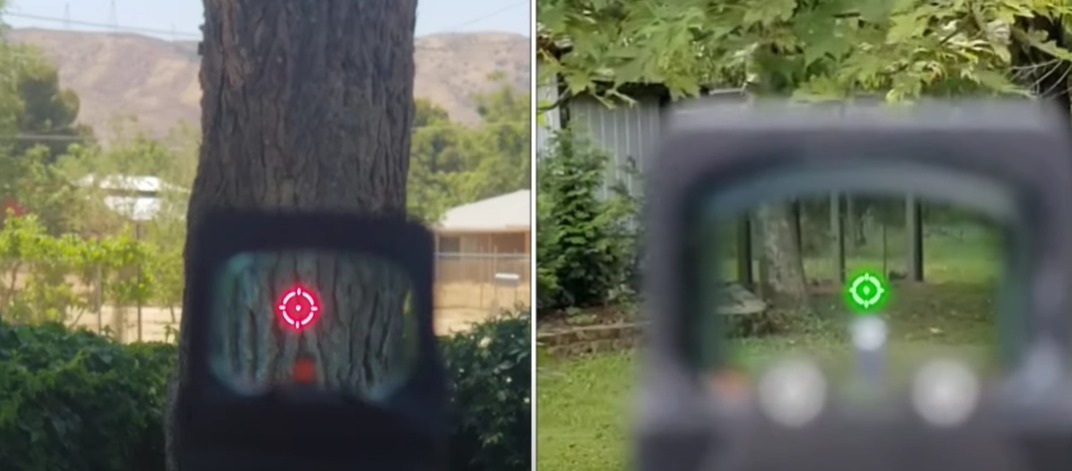
Red dot and Green dot optics are optical gun accessories or electronic sights that are aimed at increasing shot distance and improving aiming solutions that are relevant to hunters, sport shooters, and armed protectors.
They work with the help of a small lighted spot on a target that serves as a reference aim point.
What Is a Red Dot Optic?
A red LED is used to create the aiming dot indicated by red dot optics. This color difference can affect the visibility and the rate of success in performing tasks at different light intensity levels.
Red dot optics are generally more efficient at daytime shooting and where the ambient light is adequate.
The red dot is easily seen against most backgrounds which makes it suitable for most uses with great confidence. Nevertheless, users may find it challenging to acquire targets in low-light conditions due to the poor visibility of the red dot
Red Dot Sight Benefits
- Purpose: It proves mainly as a weapon for short-range firing and fast target identification.
- Fast acquisition: The red dot is clearly seen in order to enable the shooter to aim easily and engage the target effectively.
- Eye relief: Gives lots of options of eye relief and that is perfect to use with various positions while shooting.
- Low magnification: This is especially useful when rapid and precise shooting is important like in personal protection or when hunting small animals.
- Minimal Parallax: Prevents the need to align eyes closely together which can help with shooting and keeping targets in view.
What Is a Green Dot Optic?
Green dot optics, on the other hand, are particularly well-suited for shooting in low-light environments.
The green wavelength of light is more easily perceived by the human eye in dim conditions, allowing for better target identification and engagement. This makes green dot optics a popular choice for hunting and tactical applications where visibility can be a critical factor.
Green Dot Sight Benefits
- Purpose: Most commonly used for shooting during the night or in the dusk and dawn periods.
- Enhanced visibility: The green dot is usually easier to see in low light conditions which translates to improved target identification at night.
- Reduced eye strain: Green dot optics seem to be less tiring for the shooter, particularly when firing in low light conditions.
- Versatility: It is ideal for any time shooting whether close range or mid-range.
Choosing between a red dot and a green dot optic depends on your specific needs and preferences. Factors to consider include:
- Hunting conditions: If you frequently hunt in low-light environments, a green dot optic might be a better choice.
- Shooting style: If you prioritize speed and accuracy in close-range situations, a red dot optic could be ideal.
- Personal preference: Ultimately, the best optic is the one that feels most comfortable and effective for you.
Red Dot vs Green Dot Sight Comparison
Red dot and green dot sights are favorites among hunters and shooters as they enable better aim and faster target selection. As far as their operation and application are concerned, there are several similarities and differences between the two types of fluid filters.
Applications
Red Dot Sights: Primarily used for close-range shooting and rapid target acquisition. Ideal for applications like:
- Home Defense
- Small-game hunting(e.g., rabbits, squirrels)
- Plinking
Green Dot Sights: Often preferred for hunting in low-light conditions and medium-range shooting. Suitable for:
- Big-game hunting(e.g., deer, elk)
- Turkey hunting
- Duck hunting
- Tactical applications
Pros and Cons
| Types | Pros | Cons |
| Red Dot Sights |
|
|
| Green Dot Sights |
|
|
Eye Comfort
Red Dot Sights: Generally considered comfortable for most users, even during extended shooting sessions.
Green Dot Sights: Some shooters find green dot optics less fatiguing for prolonged use, especially in low-light conditions. However, individual preferences may vary.
Visibility
Daytime: Both red and green dot sights are highly visible in daylight conditions.
Night: Green dot sights offer superior visibility in low-light environments due to the human eye’s increased sensitivity to green light.
Range
Red Dot Sights: Typically used for close-range shooting (up to 100 yards or so).
Green Dot Sights: Can be effective at medium ranges (up to 300 yards or more) depending on the specific optic and the shooter’s skill level.
Hunting Applications
- Turkey Hunting: Green dot sights are often preferred due to their enhanced visibility in low-light conditions and the ability to engage targets at longer distances.
- Duck Hunting: Both red and green dot sights can be effective, although green dot sights may offer an advantage in low-light situations.
- Big-Game Hunting: Green dot sights are generally more suitable for big-game hunting due to their ability to engage targets at longer ranges.
Green Vs Red Dot Astigmatism Test
Astigmatism is a condition of the eye in which the curve of the cornea is irregular instead of being smooth and round, thus affecting vision.
With optical sights, one can experience problems with recognizing the aiming point due to astigmatism.
Factors to Consider For Astigmatism
Like with any normal vision, people having astigmatism can make use of both the red and the green dot sights. However, it should be noted that the specific features of each type may ultimately affect the overall outcome and feel.
Dot Clarity: This is because the clarity and definition of the dot are vital when it comes to the targeting process. Some of those with astigmatism may see the dot as distorted or elongated when using some types of sights.
Eye Relief: The distance between the eye and the optic affects the sharpness of the dot. Astigmatism requires proper eye relief to ensure the vision is not distorted in any way.
Brightness: Brightness also plays a role when it comes to the dot’s visualization on the screen. If the dot is too bright, it becomes more distorted for people with astigmatism than if it is not bright.
Red Dot vs. Green Dot: Which One For Astigmatism?
While there is no definitive answer as to whether red or green dot sights are inherently better for astigmatism, some users may find one type more suitable than the other.
Red Dot Sights: Some individuals with astigmatism report that red dot sights provide a clearer and more defined dot compared to green dot sights. This may be due to the specific wavelength of red light and its interaction with the astigmatic cornea.
Green Dot Sights: Others may find green dot sights to be more comfortable and less fatiguing for extended use, especially in low-light conditions. The green wavelength may be less likely to exacerbate astigmatism-related symptoms.
Ultimately, the best way to determine which type of sight is most suitable for you is to try both and see which one provides the clearest and most comfortable aiming experience.
It’s also important to consult with an eye care professional to discuss your specific needs and potential accommodations.
Additional Tips for Astigmatism and Sights
- Eyeglass Prescription: If you wear eyeglasses, ensure that your prescription is up-to-date and appropriate for shooting.
- Adjustments: Many sights offer adjustable brightness, focus, and other settings. Experiment with these settings to find the optimal configuration for your vision.
- Professional Assistance: Consider consulting with a shooting instructor or a professional optician who can provide guidance and recommendations based on your specific needs.
Red Bot vs Green Dot: Which One to Choose?
When selecting a red dot or green dot sight for hunting, several factors should be considered to ensure the best performance and suitability for your specific needs. Here are some key considerations:
1. Hunting Style and Conditions
- Close-range or long-range shooting: If you primarily engage in close-range hunting, a red dot sight might be sufficient. For longer-range shots, a green dot sight can offer better visibility.
- Low-light conditions: Green dot sights are generally better suited for hunting in low-light environments due to their enhanced visibility.
- Hunting type: Consider the type of game you hunt and the typical shooting conditions. For example, turkey hunting often involves low-light conditions, making a green dot sight advantageous.
2. Personal Preferences
- Eye comfort: Some individuals may find one color more comfortable or less fatiguing than the other.
- Dot size and brightness: The size and brightness of the dot can affect target acquisition and eye strain.
- Reticle design: Some sights offer different reticle patterns, which can impact aiming precision.
3. Budget
- Price range: Determine your budget and choose a sight that fits within your financial constraints. Prices can vary significantly based on brand, features, and quality.
4. Additional Features
- Night vision compatibility: If you plan to use your sight with night vision equipment, ensure compatibility.
- Durability: Consider the durability of the sight, especially if you hunt in harsh conditions.
- Battery life: The battery life of the sight is important for extended hunting sessions.
5. Brand and Reputation
- Reliability: Research the reputation of different brands and choose a reputable manufacturer.
- Customer reviews: Read reviews from other hunters to get insights into the performance and reliability of specific sights.
Red Dot Sight In Tips
Zeroing a red dot sight is a crucial step in ensuring accurate shooting. Here’s a step-by-step guide with tips:
5 Steps To Zero Your Red Dot Sight
1. Prepare Your Range
- Safe environment: Choose a safe shooting range with clear backstops.
- Target setup: Set up a target at the desired distance (usually 25 yards for pistols and 100 yards for rifles).
2. Mount Your Sight
- Securely attach: Ensure the red dot sight is securely mounted to your firearm according to the manufacturer’s instructions.
- Level: Use a bubble level to ensure the sight is mounted horizontally.
3. Adjust the Dot to the Eye
- Eye relief: Position your eye behind the sight and adjust the distance for comfortable viewing. The dot should appear clear and focused without any distortion.
4. Adjust the Dot to the Target
- Initial aiming: Aim the firearm at the center of the target.
- Adjust windage and elevation: Use the sight adjustment knobs to move the dot to align with the center of the target.
- Start with small adjustments: Begin with small adjustments to avoid over-correcting.
- Verify accuracy: Fire a few shots and observe the point of impact. Adjust the sight accordingly.
5. Refine Your Zero
- Multiple shots: Fire several shots in groups to assess consistency.
- Make adjustments: If the shots are not grouped around the center, make small adjustments to the sight.
- Repeat: Continue this process until the shots are grouped consistently around the point of aim.
Tips For Zeroing a Red Dot Sight
- Use a quality target: A well-defined target with clear aiming points will help you make accurate adjustments.
- Maintain a consistent shooting position: Use a stable shooting bench and maintain a consistent grip and stance.
- Avoid excessive movement: Minimize movement during the shooting process to ensure accurate aiming.
- Check for parallax: Ensure that the dot remains centered in the field of view when you move your head slightly. If it doesn’t, you may need to adjust the eye relief.
- Consider environmental factors: Wind and other environmental conditions can affect the point of impact. Adjust accordingly.
Conclusion
When the question is whether to use a red dot or a green dot sight for hunting, it is up to the individual. Possible parameters include the specific hunting techniques, the availability of light, the physical comfort of the hunter, and the costs.
By covering these aspects, you will be able to choose the optic that best meets your hunting needs and offers a better shooting experience. For more information about red dot sight, check out our other post: What’s the Difference Between Red Dot and Reflex Sight?


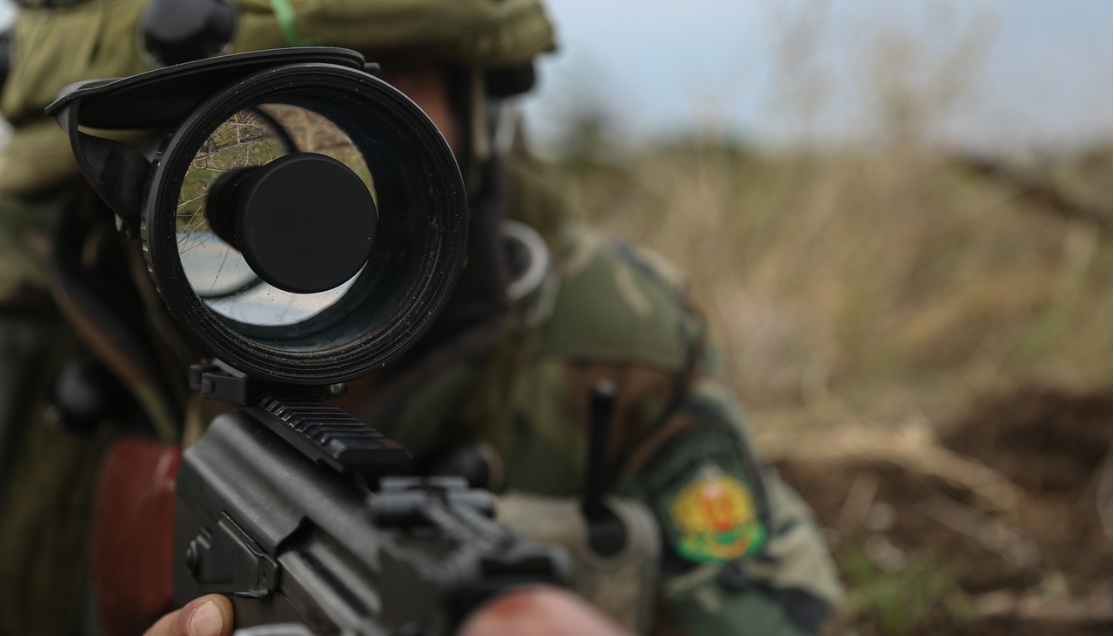
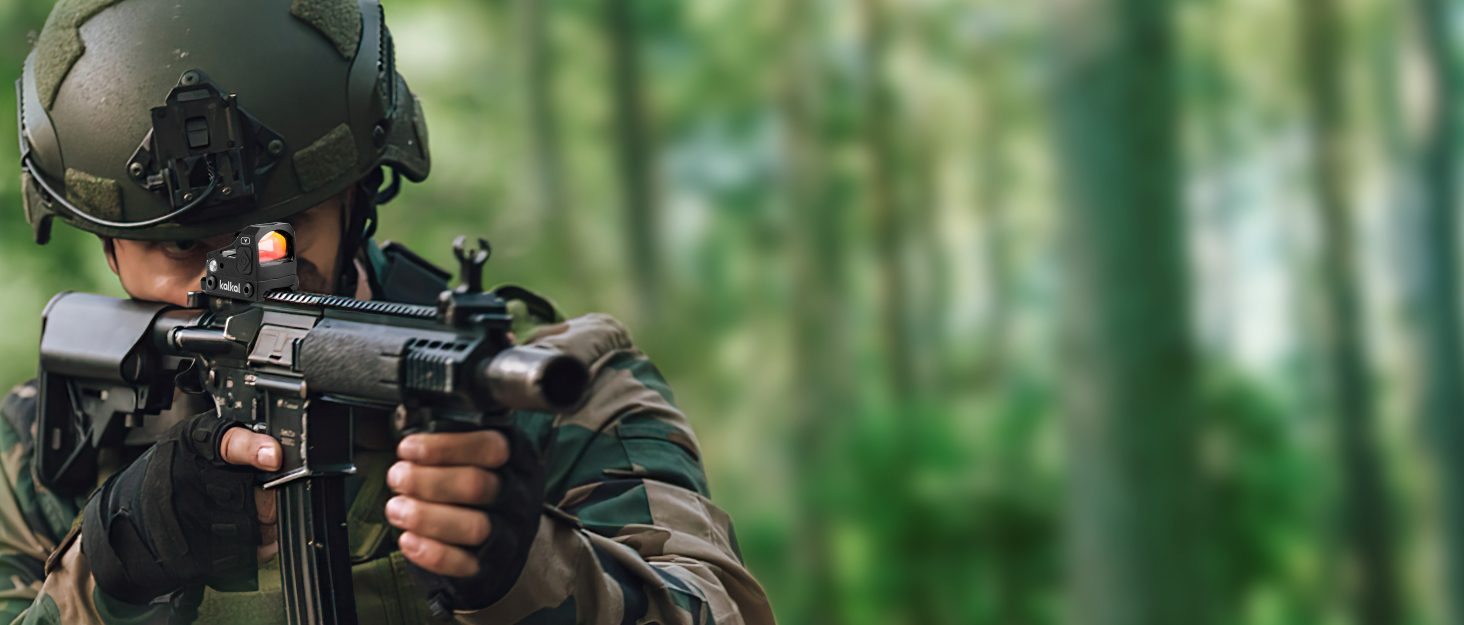









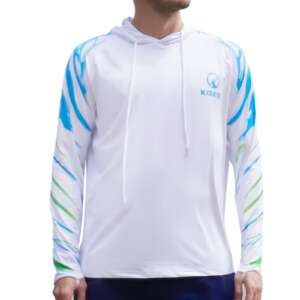
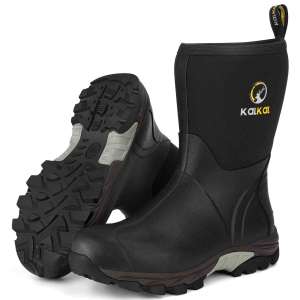


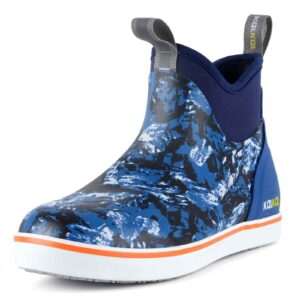


Leave a reply